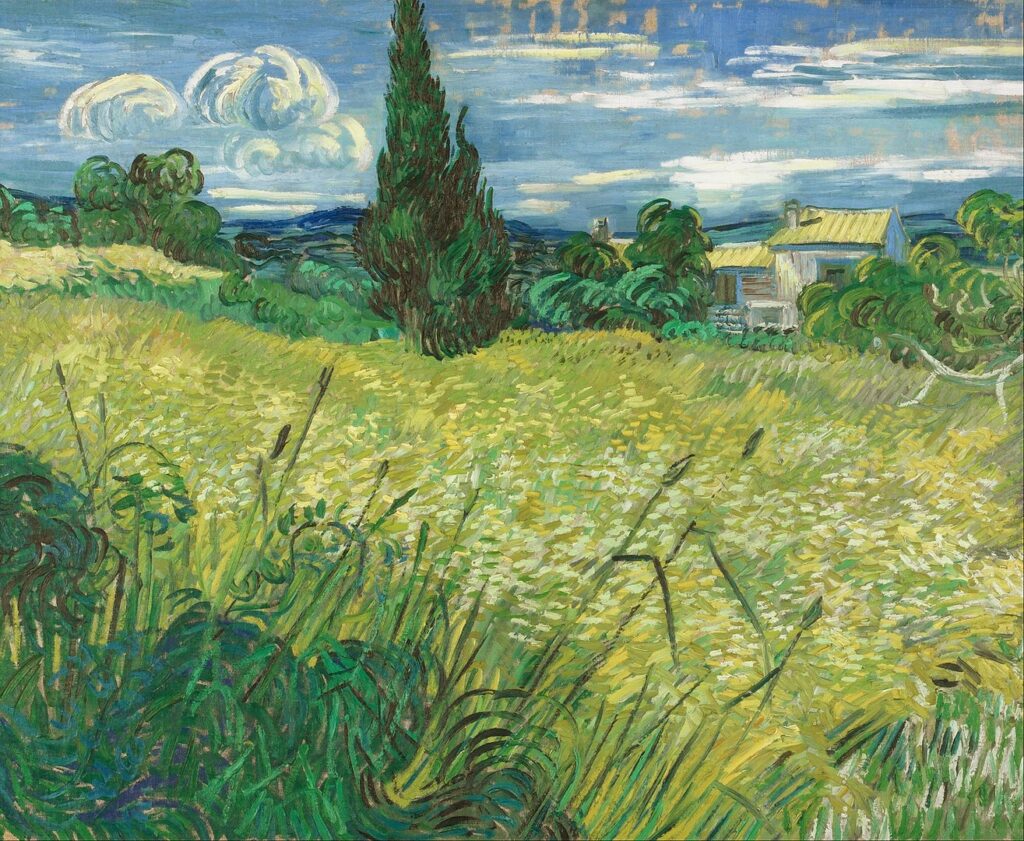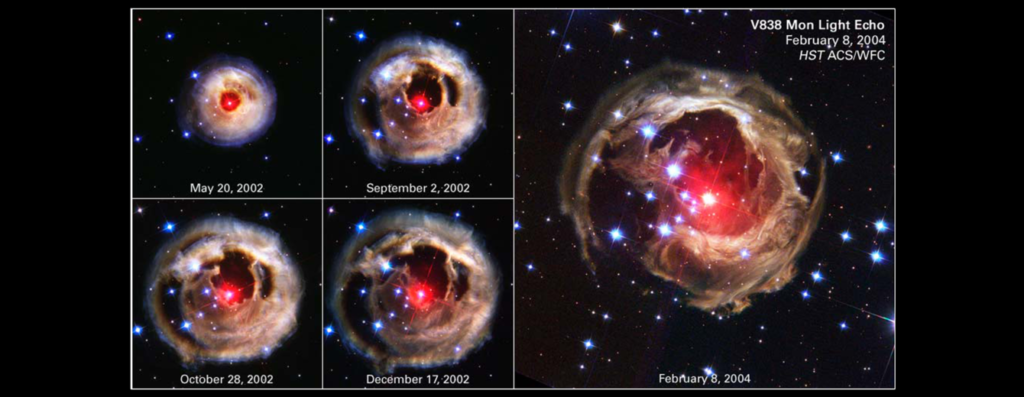The Starry Night remains one of those classic paintings that now borderlines the cliche. If anyone said that their favorite painter was Van Gogh, it would be only fair to ask, “but what other painters do you know?” Yet not everything is about the art itself. One doesn’t need to know about fauvism or impressionism to know whether or not something speaks to them; and a lot of the time it’s the story of the artist and his art that makes us wistful.
But what makes these movements in art more than just periods of expression and development is that they coincided with developments in physics. “Repeatedly throughout history, the artist introduces symbols and icons that in retrospect prove to have been an avant-garde for the thought patterns of a scientific age not yet born,” writes Leonard Shlain in Art & Physics: Parallel Visions in Space, Time, and Light.
Fauvism was a movement beginning in the early 20th century, around 1904, and centered around color and light representation. For much of Western Civilization in the 600 years preceding that time, color was a “subordinate value” and “regarded with suspicion.” Affinity for it was seen as primitive, emotive, and subjective. Color, which is just to say light of varying wavelengths, is in the “eye of the beholder” and we cannot guarantee that what one sees as blue is the same color beheld as another.
But at the same time that color and light was revolutionized in art, Einstein was developing his “Special Theory of Relativity” that focused on space and time, in which he posits that the “color of an object at very high speeds depends upon the velocity and direction of the observer,” as Shlain writes.
To illustrate one of these examples, we’re taking Van Gogh’s Starry Night. The painting is not only a quintessential demonstration of light playing on the canvas like the emotively moving melodies found in Chopin, but Van Gogh himself was particularly sympathetic to color. Regarding an “autumn landscape,” he asked that if he sees the yellow leaves on the trees as a “symphony in yellow, does it matter whether the yellow that I use is the same as the yellow of the leaves? No, it doesn’t.”
The painting is a loose presentation of the scene outside Van Gogh’s bedroom window at the asylum “Saint-Rémy-de-Provence. I call it “loose” because there was not a village eastward of the asylum, where Gogh’s room would have been, but rather was illustrated from a previous sketch made while he was on the hillside above the village of Saint-Rémy.
There consists at least twenty-eight variations of this painting from this viewpoint; however, the one we have come to know as The Starry Night is the only nocturnal one and includes a night on which Van Gogh observed a bright “morning star which looked very big.” We came to learn, that in the spring of 1889, near the date of the painting, estimated around June, Venus was visible and was the so-called “morning star” Gogh referred to. This star can be seen painted to the right of the cypress tree situated on the left foreground.

While the color palette used is worth noting—such as the two yellows for the moon and its radiance, as well as the cobalt blue of the sky—the most prominent, if not originally curious, are the swirls made around the stars encompassing the whole of the sky that are portrayed as the shape of the wind blowing. These swirls were later described as turbulence, but exactly how accurate was its depiction? The connection was made when, in 2004, a picture was released by NASA/ESA Hubble telescope of a distant star where eddies were made by turbulence of dust and gas. In their press release, NASA called it the “Universe’s Version of Van Gogh.”

Physicists reportedly discovered that Van Gogh not only illustrated turbulence, hitherto unseen without evidence to suggest otherwise, but did so with mathematical precision:
“The painter’s magnificent brushwork made (intuitive?) use of a property known as luminance, a measure of the relative brightness between different points. The eye is more sensitive to luminance change than to color change, meaning we respond more promptly to changes in brightness than in colors. This is what gives many Impressionist paintings that familiar and emotionally moving twinkle, as we can see in Claude Monet’s Impression, Sunrise.
The comparison was then undertaken by two university students, James Beattie, who studies molecular clouds, and Neco Kriel. They reportedly found that Starry Night and simulated molecular clouds revealed the same turbulent features.
The brilliance and craziness of Van Gogh without any doubt contributes to the preeminence of the painting; but its visual analysis almost purely relies on the man himself: namely, one who is able—intuitively or not is the question unanswered—to mathematically depict a longtime unseen property of the natural world.







